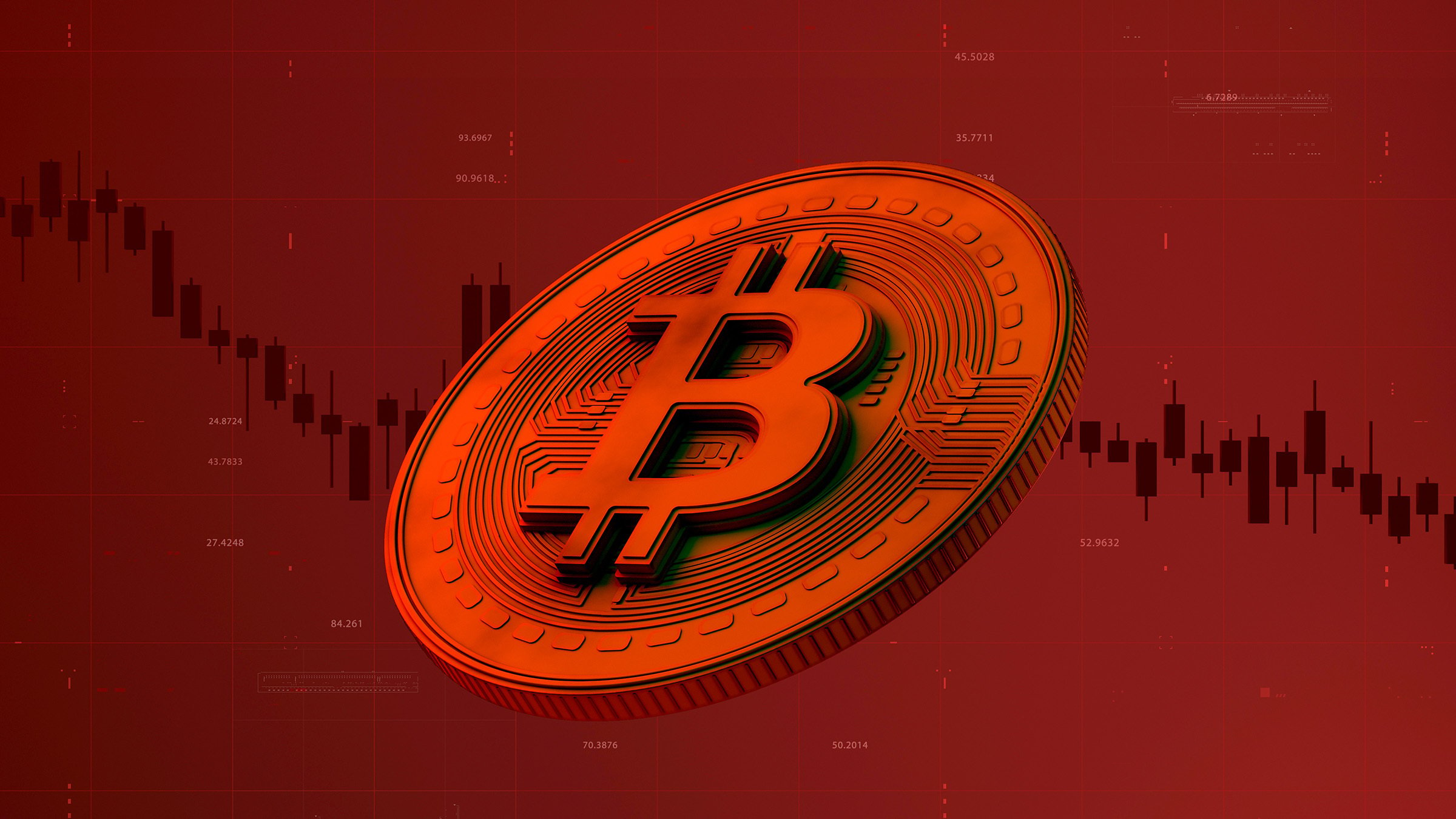The cryptocurrency market is no stranger to volatility, but recent developments have caught the attention of investors, traders, and enthusiasts alike. Bitcoin, the pioneering digital asset, has officially surged past the $100,000 mark for the first time in its history. This milestone is a reflection of the increasing adoption, institutional interest, and global financial shifts that have propelled the price of Bitcoin and other cryptocurrencies to new heights.
Despite this impressive surge, the broader cryptocurrency market has experienced mixed movements, with other digital assets showing varying levels of performance. In this article, we will explore the factors driving Bitcoin’s monumental price rise, the potential reasons for mixed market reactions, and what this surge means for the future of cryptocurrencies.
Bitcoin’s Journey to $100,000: A Landmark Achievement
Bitcoin’s ascent to $100,000 represents a significant milestone in its decade-long journey from a niche, obscure digital asset to a recognized global financial instrument. Since its inception in 2009 by the pseudonymous creator Satoshi Nakamoto, Bitcoin has endured substantial price fluctuations, regulatory challenges, and skepticism from traditional financial markets. However, the recent surge past the $100,000 benchmark has solidified its place in the mainstream.
The last few months have seen a dramatic uptick in Bitcoin’s price, fueled by several key factors. One of the most influential drivers of Bitcoin’s price growth has been the increasing institutional interest and adoption. Major financial institutions, including traditional banks, investment firms, and hedge funds, have begun incorporating Bitcoin into their portfolios, viewing it not only as a store of value but also as a hedge against inflation and global economic uncertainty.
Institutional Adoption and Mainstream Interest
One of the key reasons for Bitcoin’s meteoric rise is the growing recognition of its potential by institutional investors. Companies like Tesla, Square, and MicroStrategy have made significant investments in Bitcoin, signaling that digital assets are becoming an integral part of corporate treasury strategies. These investments, coupled with the launch of Bitcoin futures ETFs in some markets, have made it easier for traditional investors to gain exposure to Bitcoin without having to directly purchase and store the digital asset.
The entry of institutional players into the market has also lent legitimacy to Bitcoin. As large financial institutions and corporate giants endorse Bitcoin, it reinforces the idea that the cryptocurrency is a serious asset class. Furthermore, the increasing adoption of blockchain technology, the underlying infrastructure behind Bitcoin, has led to greater trust in the network and its ability to provide decentralized, secure transactions.
Global Economic Uncertainty: A Catalyst for Growth
Bitcoin’s price surge also coincides with growing concerns about global economic stability. With inflation rates rising in many parts of the world and central banks continuing to print money, Bitcoin is often seen as a hedge against these economic pressures. The digital asset’s limited supply of 21 million coins, combined with its decentralized nature, makes it an attractive option for those seeking to protect their wealth from the devaluation of fiat currencies.
Moreover, the global political landscape, including the ongoing geopolitical tensions and financial crises in various countries, has driven more investors toward Bitcoin as a safe haven asset. As central banks pursue aggressive monetary policies to combat economic slowdowns, Bitcoin has emerged as an alternative store of value that is independent of traditional financial systems.
The Role of DeFi and NFTs in Cryptocurrency Growth
While Bitcoin has been the main beneficiary of the recent surge, other sectors of the cryptocurrency market, including decentralized finance (DeFi) and non-fungible tokens (NFTs), have also seen significant growth. DeFi platforms, which enable users to borrow, lend, and trade assets without relying on centralized institutions, have been gaining traction as alternatives to traditional banking services. The rise of DeFi applications has driven interest in Ethereum and other altcoins, contributing to a more diverse cryptocurrency market.
NFTs, which have taken the art world by storm, have further brought cryptocurrencies into the mainstream. As artists, musicians, and creators tokenize their work, the demand for NFTs has soared, driving up the prices of certain cryptocurrencies like Ethereum. These innovations within the blockchain space are helping to establish cryptocurrencies as a new asset class, attracting attention from both retail and institutional investors.
Mixed Market Movements: Altcoins Struggle to Keep Pace
While Bitcoin has broken through the $100,000 benchmark, the rest of the cryptocurrency market has experienced mixed movements. Altcoins, or alternative cryptocurrencies, have not seen the same level of growth as Bitcoin. Ethereum, the second-largest cryptocurrency by market capitalization, has struggled to keep pace with Bitcoin, hovering around the $4,000 mark in recent weeks. Other altcoins such as Ripple (XRP), Cardano (ADA), and Solana (SOL) have also experienced varying degrees of volatility, with their prices fluctuating based on market sentiment and investor interest.
Several factors contribute to this disparity in performance between Bitcoin and altcoins. One of the primary reasons is Bitcoin’s status as the “gold standard” in the cryptocurrency market. As the first and most widely recognized cryptocurrency, Bitcoin tends to lead market trends and acts as a bellwether for the overall market. When Bitcoin experiences price surges, it often attracts attention to the entire market, but altcoins are more prone to price fluctuations based on speculative trading and investor sentiment.
Furthermore, Bitcoin’s relatively lower transaction fees and higher level of network security make it an attractive option for investors seeking a stable and reliable asset. While altcoins may offer more innovation in terms of use cases and applications, Bitcoin’s strong network effect and dominant market position continue to set it apart from other digital currencies.
The Impact of Regulation on Cryptocurrency Prices
Regulatory uncertainty remains a key factor that could influence Bitcoin’s price trajectory moving forward. Governments around the world are still grappling with how to regulate cryptocurrencies, and any sudden regulatory changes could have a profound impact on market sentiment. Some countries, such as El Salvador, have embraced Bitcoin as legal tender, while others, such as China, have cracked down on cryptocurrency mining and trading.
The potential for stricter regulations in major markets, such as the United States and the European Union, has created a sense of caution among investors. While Bitcoin’s decentralized nature makes it difficult for governments to fully control, regulatory crackdowns could lead to periods of heightened volatility in the market.
What Lies Ahead for Bitcoin and the Cryptocurrency Market?
As Bitcoin has officially broken through the $100,000 benchmark, questions arise about its future trajectory. Will Bitcoin continue its upward momentum, or will market conditions lead to a pullback? While no one can predict the future with certainty, the growing institutional adoption and the increasing use of blockchain technology suggest that Bitcoin may continue to enjoy long-term growth.
However, Bitcoin is not immune to market corrections, and it is possible that the cryptocurrency could experience periods of volatility as the market adjusts to changing economic conditions and regulatory developments. Altcoins, too, will continue to play a role in the broader market, but Bitcoin is likely to remain the dominant force in the space for the foreseeable future.
As cryptocurrencies continue to evolve, investors and market participants must stay informed and prepared for the ups and downs that characterize this dynamic and rapidly changing asset class. The rise of Bitcoin past $100,000 serves as a reminder of the immense potential that cryptocurrencies hold in reshaping the global financial landscape.
Conclusion
Bitcoin’s surge past the $100,000 mark is a monumental achievement in the world of cryptocurrency. This rise is driven by factors such as increasing institutional adoption, global economic uncertainty, and the growing popularity of decentralized finance and NFTs. However, the broader market has experienced mixed movements, with altcoins struggling to keep pace with Bitcoin’s dominance.
Despite potential regulatory challenges and market volatility, Bitcoin’s price surge is a testament to the growing recognition of cryptocurrencies as a legitimate asset class. As the market continues to evolve, Bitcoin’s success may inspire further innovation and development in the blockchain and cryptocurrency space, paving the way for even greater adoption in the years to come.



